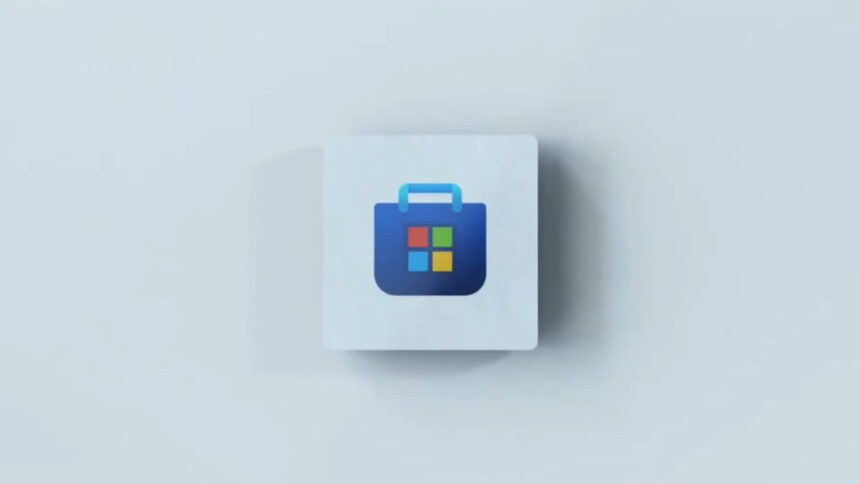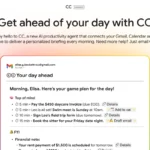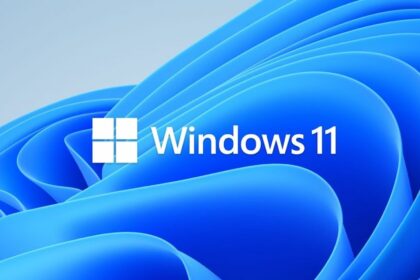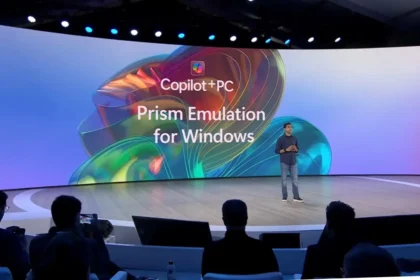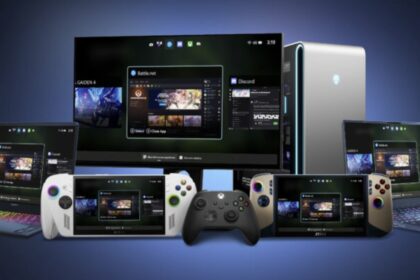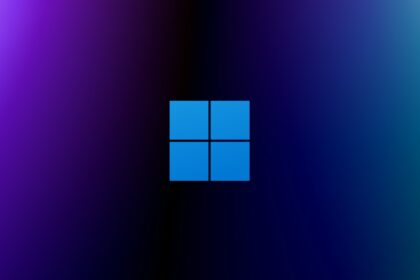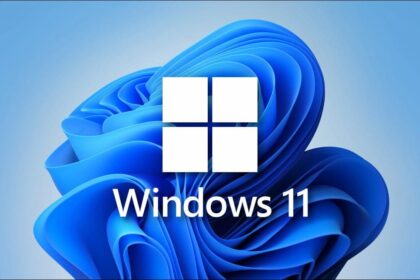The Microsoft Store continues to evolve, now serving over 250 million users each month. With its latest updates, Microsoft is pushing for a more personalized, efficient, and AI-enhanced experience that blends seamlessly into the Windows ecosystem.
A More Personal Home Page
The redesigned home screen is now fully customizable, tailoring suggestions based on your recent activity, location, and app usage. Whether you’re into gaming, productivity tools, or creative software, you’ll see recommendations that actually matter to you.
Thanks to the work of Rudy Huyn and his team, the Store finally feels more user-centered and has developed a distinct identity.
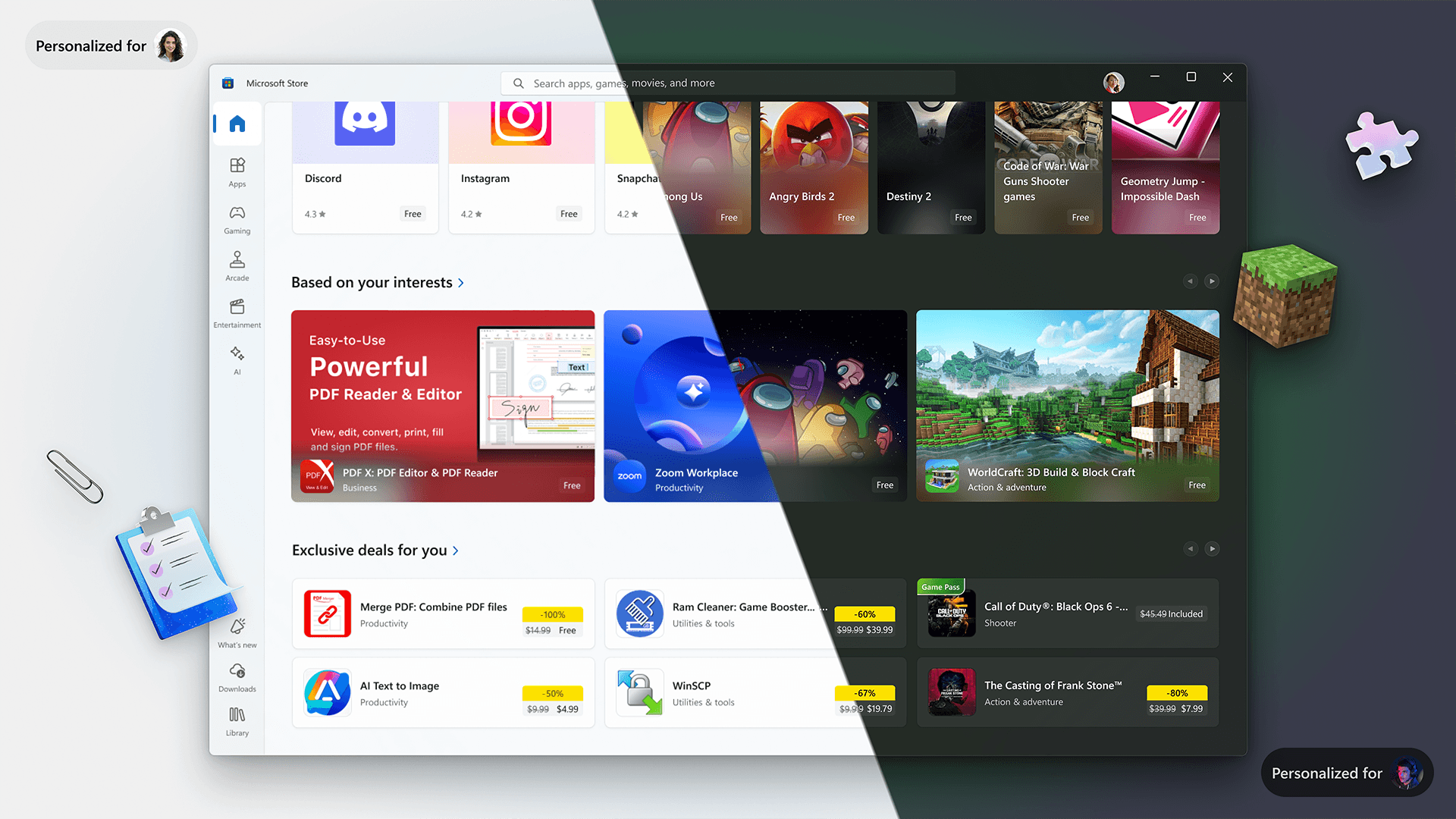
Finding the right app has also become easier. The new search engine uses updated signals—like app popularity, reviews, and update frequency—to offer better results. On top of that, Microsoft’s Copilot assistant is now integrated into product pages.
It can answer questions, help compare similar apps, and make sure you’re choosing what fits you best.
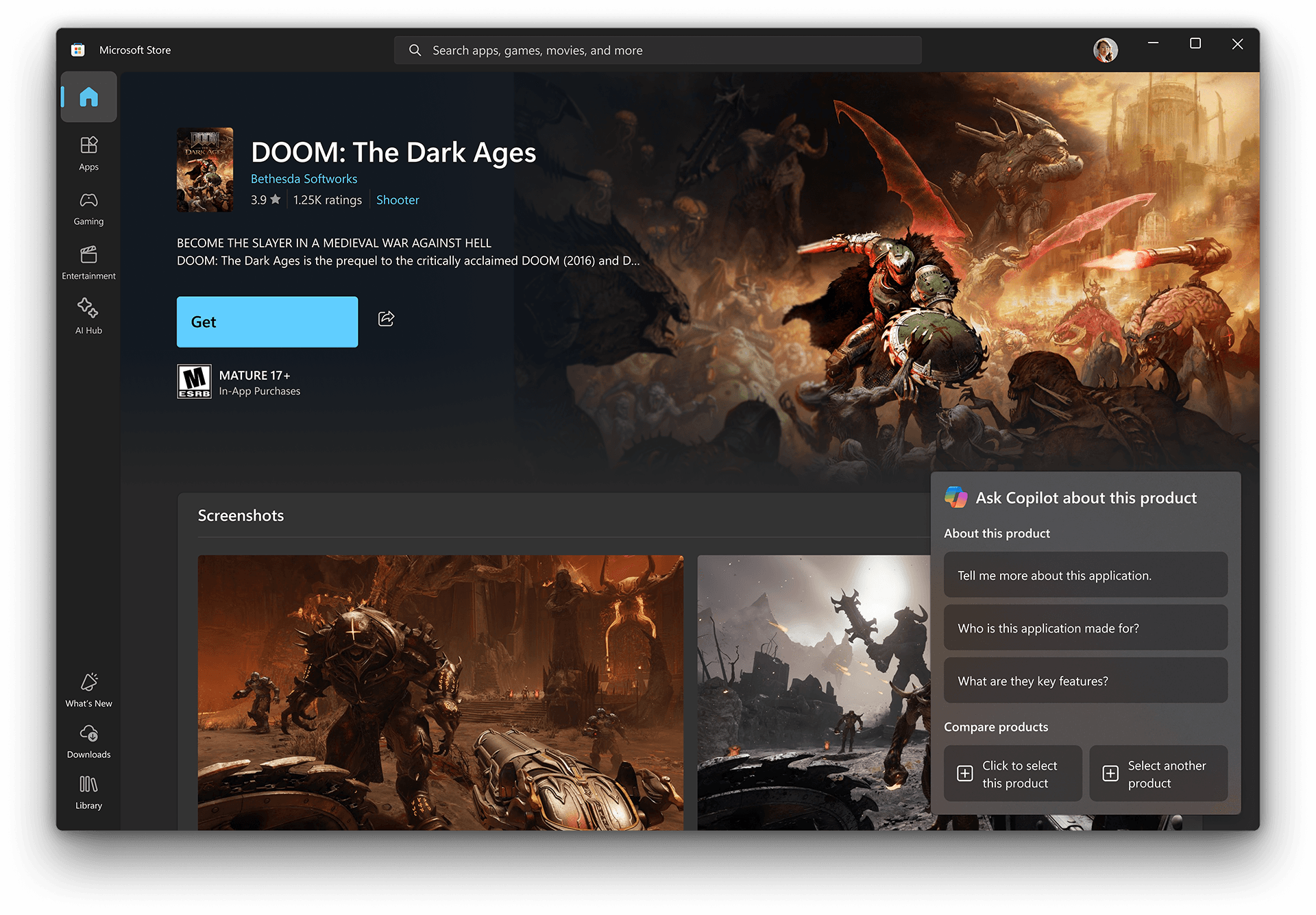
The Store doesn’t feel like a separate app anymore. You can now search and install software directly from the Windows search bar, cutting down steps and saving time. If you try to open a file without a suitable app, Windows will recommend one from the Store—no guesswork needed.
Speed and performance have seen real improvements, too. The Store now installs apps twice as fast as it did six months ago, with smoother navigation and better overall stability.
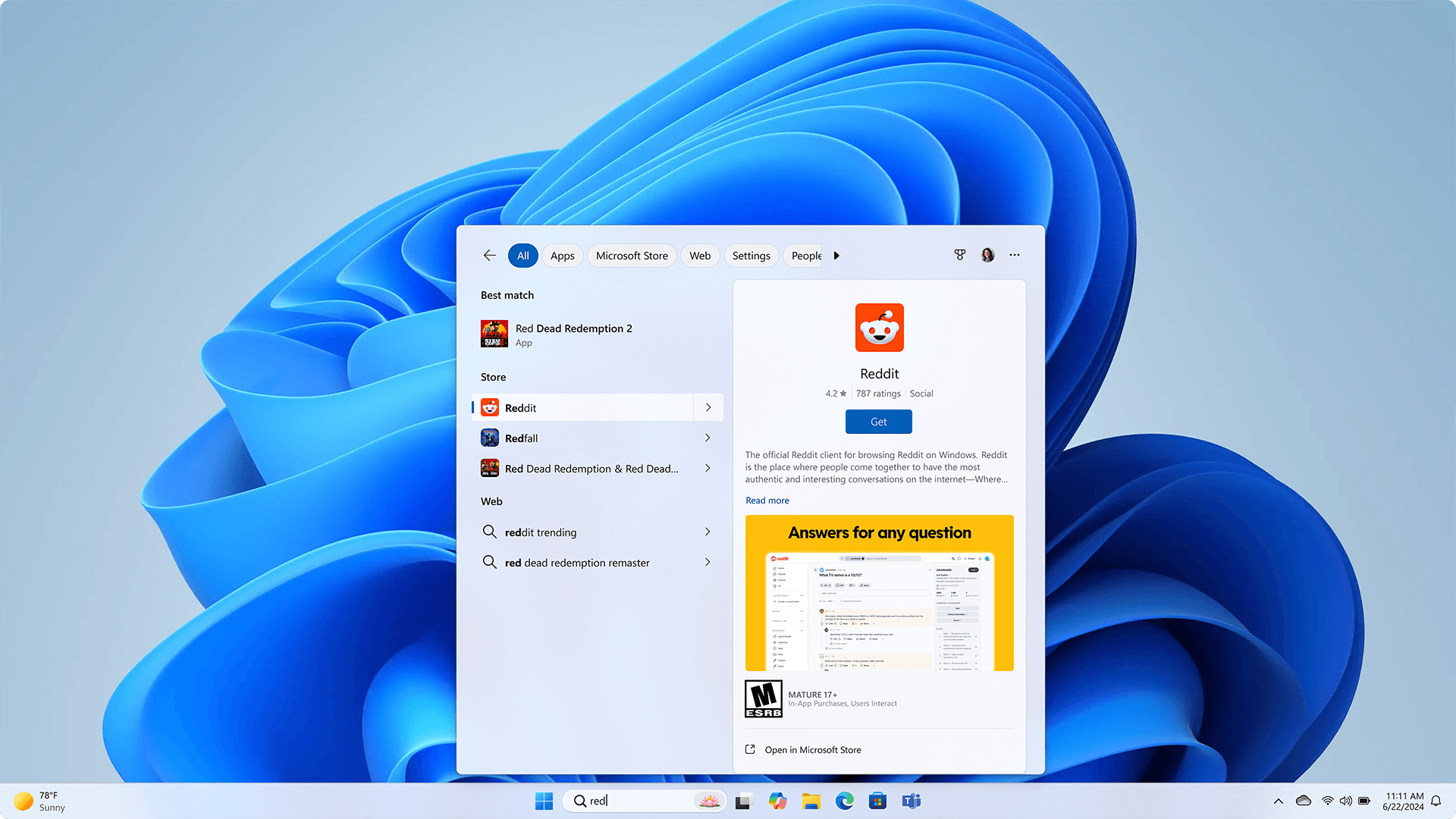
These updates are just the beginning. Microsoft plans to expand AI integration further, especially as new Copilot+ PCs and intelligent apps roll out. The Store is becoming not just a place to download software, but a smart hub tailored to how you use your device.
Supporting Developers and Users Alike
One more thing—developers can now publish their apps to the Microsoft Store for free, opening doors for more innovation and variety. This shift is expected to grow the ecosystem even more and bring users better tools, faster.
The Microsoft Store has come a long way, and with these changes, it’s clear that Microsoft is serious about making it a core part of the Windows experience.

